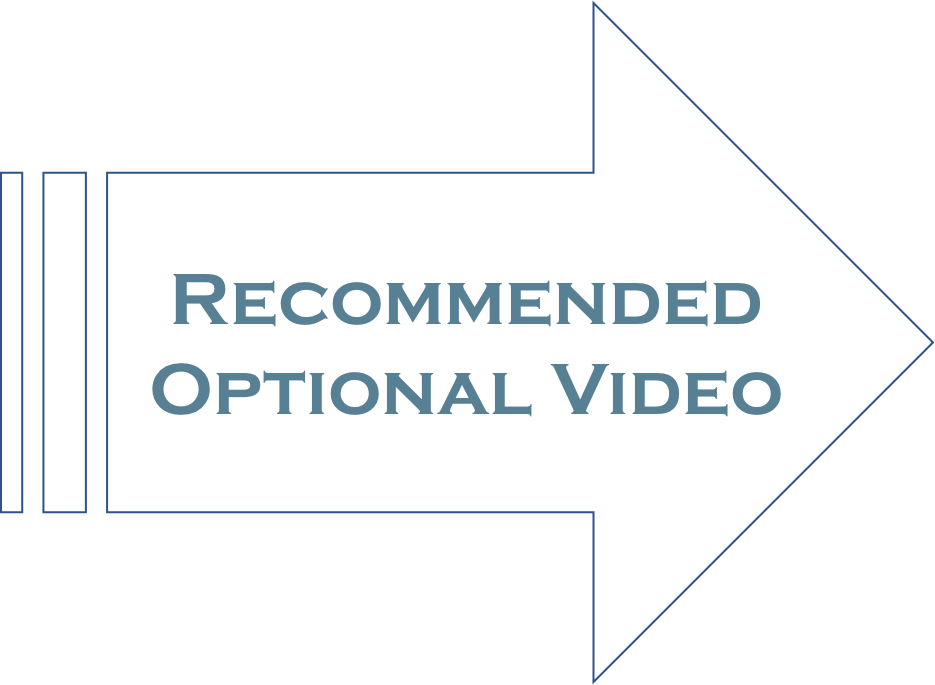Supervise the Children at All Times |
Page 11 |
"It happened so fast - I just left them for a moment or two" said the early childhood teacher. This educator did not understand that children cannot be left alone for even a moment. A teacher who is responsible for a group of children should supervise constantly. Young children do not always understand the concept of danger. As a result, child care professionals must protect the children until they can protect themselves.
Young children are unpredictable, quick, and fearless. They lack sound judgment because they lack experience and cannot see from another's viewpoint. They may bite, throw, push, or shove. All these actions can endanger others as well as themselves. Young children may not recognize behaviors or actions that can cause injuries.
To properly supervise a group of children, keep your back to the classroom wall. Focus on the interior of the classroom. The entire room should be visible. Move closer to an area if you observe children who need assistance or redirection. Likewise, constantly observe children who are not involved in an activity. These children are more likely to create potential safety problems.
Bumps and bruises can occur in overcrowded classrooms. Make sure there is enough space for furniture and equipment. Observe children as they play. Can they move from area to area without bumping into furniture or other children? If sufficient space does not exist, remove some furniture or rearrange the classroom.
Adult-child ratio relates directly to safety.
|
A classroom should never have fewer adults than required by state law for its age level and group size. Having more adults than the minimum is even safer. These extra adults can step in quickly to protect children when unsafe situations arise.
At least the minimum number of staff members set by your state's licensing rules must be present at all times. Failure to comply may result in the center's license being revoked or a citation indicating the center was not in compliance.
|
Remember, if a child is injured, and staff/child ratios are not being met, the child care program staff (that's you) may be held liable.
By law, young children are not expected to care for themselves. This is the primary role of the staff at the child care program. The staff must ensure the children's safety and health. Education is a secondary function. Center directors are liable for the actions of their employees. Liable means to have a responsibility that is upheld by the law. Having liability means you can be punished for failing to uphold your legal responsibility.
The extent of liability may vary; as a result, only individuals who are safety and health-conscious should be hired. The director needs to observe newly hired people to ensure they use good supervision techniques. Child care staff can be punished by law for failing to follow state licensing rules and regulations. That means that YOU can be held responsible if a child care program is out of licensing compliance where you are employed and you do not take appropriate action.
|
Source: Better Kid Care
Published on Sep 1, 2015 Length: 3:53 |




